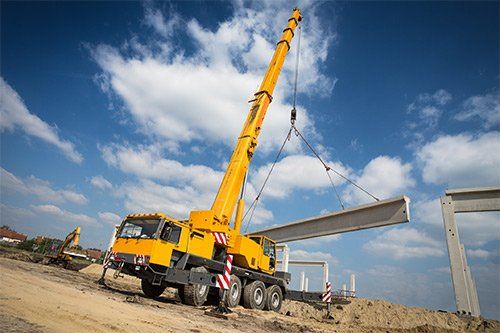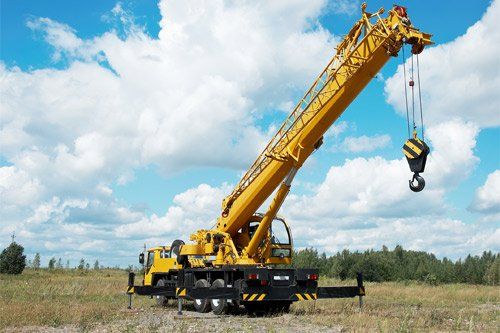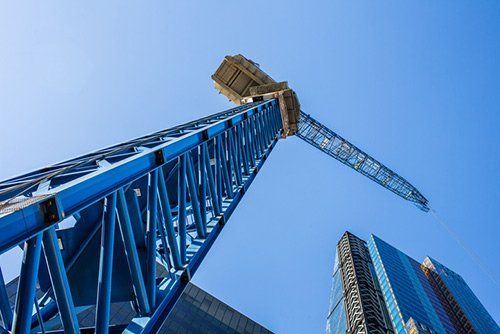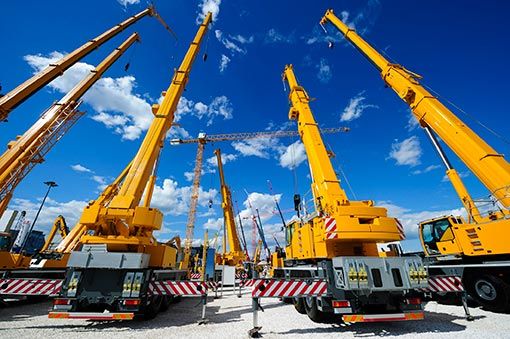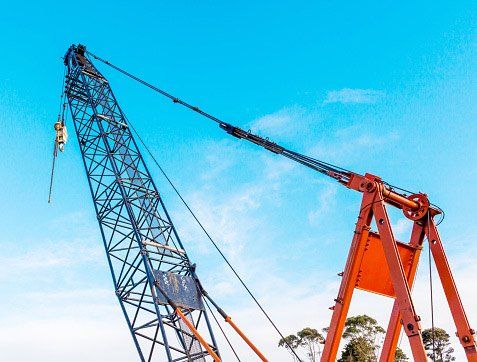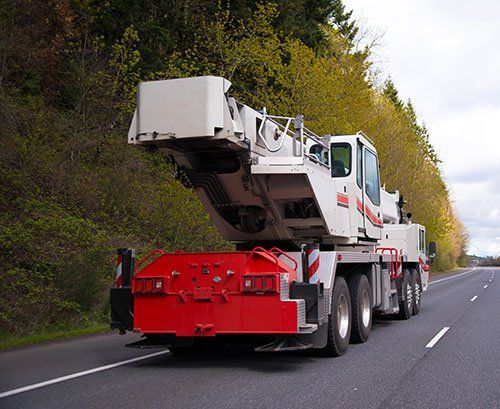5 CRANE SAFETY TIPS FOR INSTALLING COMMERCIAL ROOFTOP HVAC EQUIPMENT
- By websitebuilder
- •
- 02 Jun, 2018
- •
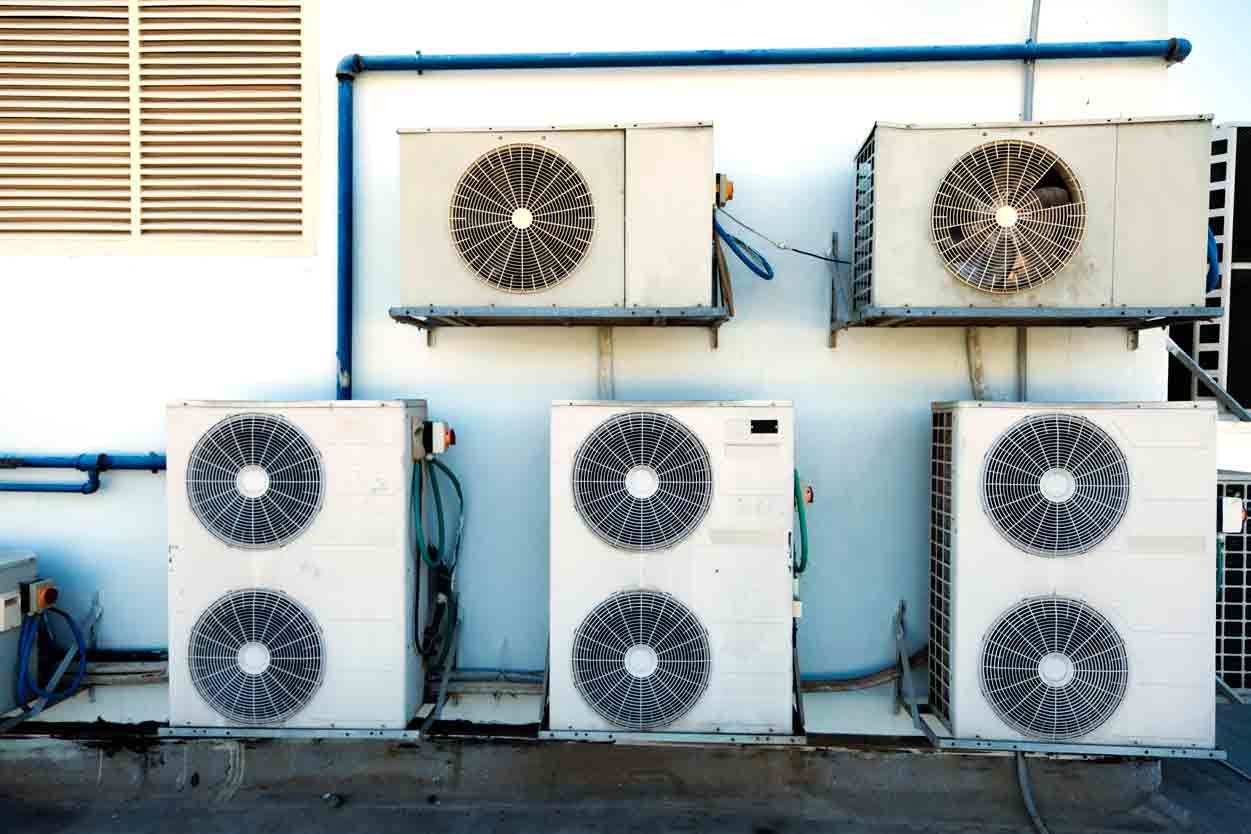
Cranes are essential for completing the construction of most commercial buildings, especially when it comes to installing the HVAC equipment. Most commercial buildings, regardless of use or design, rely on massive metal heating and cooling units that can weigh thousands of pounds each. And these heavy objects often go on the roof of the building, which requires a crane to install.
If you use a full-size crane to install HVAC equipment, you need to be aware of some safety risks specific to this kind of HVAC work. Make sure your team stays safe during crane operation by following all of these important tips.
1. Balance the Rigging
Find the real center of gravity for each individual HVAC unit being lifted before rigging the load and lifting it, even for a test. Most rooftop commercial HVAC units are square or rectangular, but the center of gravity is often far from the visual center of the box due to the layout of internal components that vary in weight and density.
Most manufacturers include illustrations indicating the center of gravity in the installation instructions or manual for the equipment. Test lifting at a very short height, such as 12 to 24 inches, can also help you find the right balance through trial and error.
If the unit is properly balanced, you can reduce the risk of the load shifting at all when it is lifted. If you don't have the correct center of gravity, the unit could shift and fall, causing significant damage.
2. Clear a Large Safety Zone
No matter how much you double check the equipment and balance the load, an HVAC unit weighing multiple tons could still possibly fall from a crane and crash through a building or onto bare ground. You can only completely prevent injuries by clearing employees from the entire area around the crane and building.
Don't just consider the safety of your workers when setting up a safety zone as well. Look out for hazards to the crane and HVAC equipment as it moves through the area, such as low hanging power lines, poles, pillars near the rooftop, and other common obstacles.
3. Appoint Qualified Workers
For decades, cranes had to lift 14,000 lbs or over to require a qualified operator and sighting crew. The Occupational Safety and Health Administration now requires this kind of qualification for the workers running cranes with a 2,000 lb lift limit or up, which covers nearly all HVAC rooftop lifting jobs.
You don't want to pay the hefty fines associated with violating this kind of safety rule, nor do you want to delay the installation by days or weeks as you find qualified crew members. Make sure everyone who will be working on the roof top installation is qualified to work around cranes as necessary, or consider an alternative way of lifting the equipment to the roof.
4. Bring the Right Rigging Accessories
You need more than just the right kind of crane to get HVAC equipment on a roof top without damaging it, the building, or your installation crew members. Rigging accessories like synthetic web or round slings can make all the difference by preventing crushing or scraping damage to the exterior of the heating and cooling unit.
Bring along at least one large spreader bar as well if you're planning to lift particularly large or tall HVAC units. Rigging shouldn't wrap or bind around the top edges of a rectangular or square load, and spreader bars are often the only way to properly rig bulky HVAC systems.
5. Use a Secondary Lift
It's very risky to have a crew on the roof while the crane is lowering the HVAC units, but you may assume a crew is necessary to line the load up with the pad it should rest on. However, a secondary portable gantry lift is a far safer solution. Let the crane place the HVAC equipment in the general location, and then get the installers on the roof to lift the unit a second time with the portable gantry lift and move it safely into place.
Ready for help with your HVAC installation? Call us today at Prestige Crane Service to find out if we have a crane that will work for your needs.
Browse Our Website
Contact Information
Phone: 816-200-6407
Email: Prestigecrane@gmail.com
Available 24/7
Payment Methods







